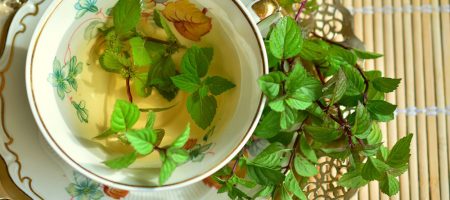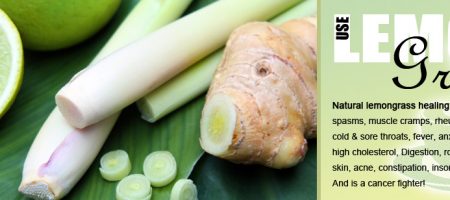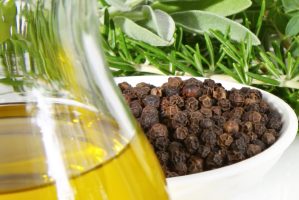More Moo Cows! Dairy Farms and Fresh Milk
Driving down a road and seeing cows outside has got to make you smile. Little calves and their mamma’s are about the sweetest thing in the world. Let’s say the cows are Friesian. Most of the time that means that the farm is really a dairy farm. In this report, I will explain what breeds are mostly used for dairy farms, the old way of getting the milk (Psst, all you do is squeeze and pull) and some other things.
Cows can be raised almost anywhere, from China to Africa, and then to the United States of America. Dairy farms can be found almost anywhere in the United States, but the states that produce the most milk are Wisconsin, Minnesota, California, New York, Michigan, and Pennsylvania.
A dairy farm has 30 cows or more. Before the milking machine was invented, all of the milking was done by hand. The milk was poured into pans that had been sterilized. As the milk sat, the thick, heavy cream would float to the top of the milk. It would be skimmed off and churned into butter. When the butter was taken from the churn, you could drink the buttermilk that was left. Buttermilk can be used for drinking and for making things like pancakes and biscuits. Sometimes, the cream was whipped so there would be whipped cream for pumpkin pies. Yummy!
Ayrshire, Brown Swiss, Guernsey,Holstein, Jersey, and Milking Shorthorn are the breeds of cows that produce the best milk. They were brought to the United States from Europe, England, and Scotland. Many dairy farmers prefer the Holstein cows because they give so much milk. Other dairy farmers like Jersey cows because their milk is rich and has a lot of fat.
We depend on milk greatly. Milk can make sour cream, great flan, cake, cookies, donuts, bread, pies, ice cream and a whole bunch of other stuff. We sure do owe our thanks to the ranchers who own the dairy farms. Well I hope you enjoyed reading my report about Cows. Tune in for my next report about the next thing I plan on writing about, Thank You.
For more reports, look for more reports at www.survivingtheoregontrail.com
Book Reference: Sheep, Goats, Cattle, and Pigs 163 Breeds From Common To Rare by Carol Ekarius, author of Storey’s Illustrated Guide To Poultry Breeds.





